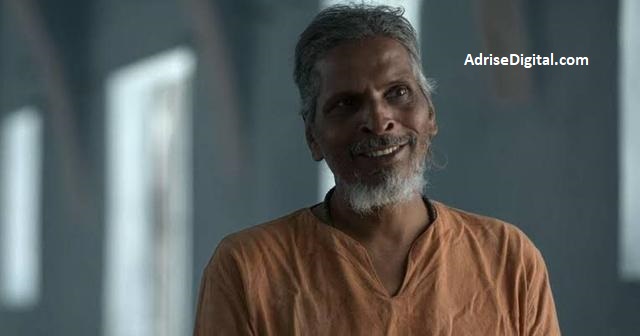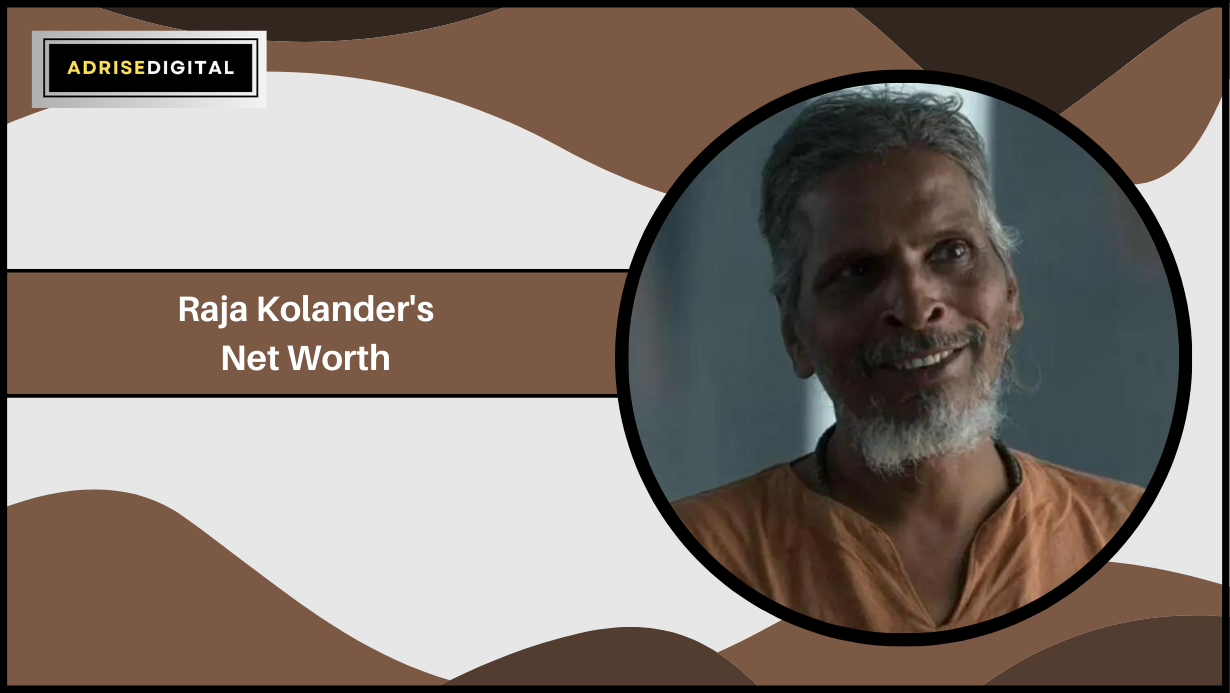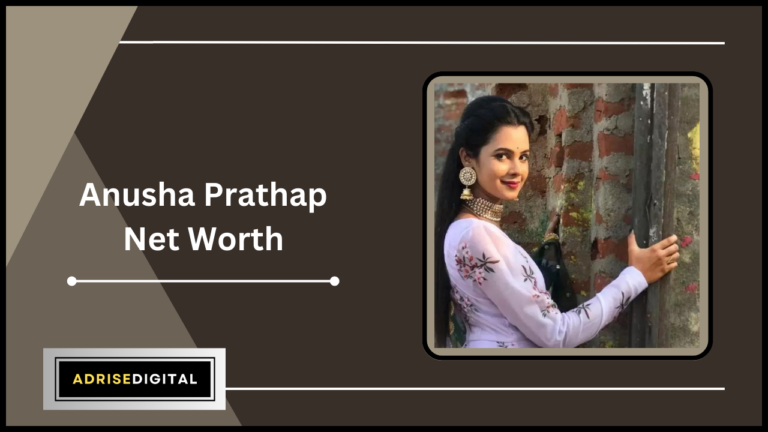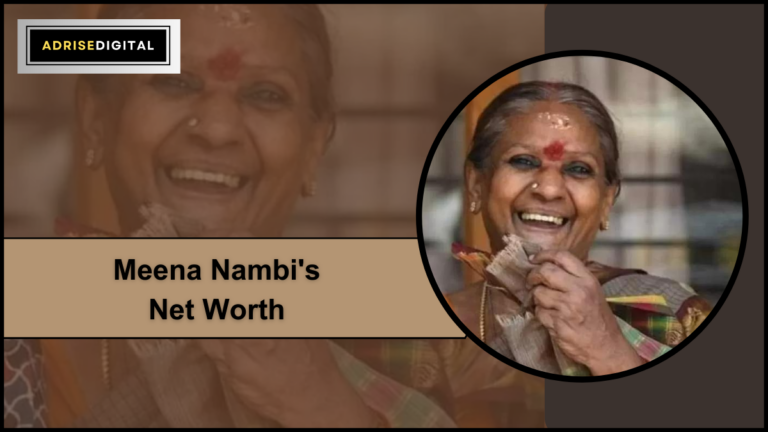Raja Kolander Net Worth History, Origins more
Have you ever heard of a Raja Kolander?
It’s an incredible piece of traditional Indian clothing that is surprisingly unknown outside the country.
Raja colanders are long, flowing capes adorned with intricate embroidery and beadwork, worn by men during special occasions such as weddings or religious ceremonies.

These garments can be made from a variety of materials such as silk or cotton, and come in a range of colors including bright reds, pinks, and golds.
They feature elaborate designs that often depict scenes from Hindu mythology or historical events.
Although they may not be widely recognized globally, raja colanders hold significant cultural value in India and continue to play an important role in traditional dress today.
History and Origins of the Raja Kolander
| Raja Kolander | History and Origins |
| Definition | The Raja Kolander is a traditional headgear worn by Indian kings during the Mughal period. |
| Origins | It is said to have originated from the turban styles of the Central Asian nomadic tribes that were brought to India by Mughal emperors. |
| Design | It is made of velvet or silk and is typically decorated with gold or silver embroidery and precious stones. It has a dome-shaped top and a long tail that is draped over the back. |
| Significance | The Raja Kolander was a symbol of power and prestige and was worn only by the royalty. It was also used as a means to distinguish between different ranks and titles within the court. |
| Usage | Although it is no longer |
The Raja Kolander is a traditional headwear that has been worn by people in India for centuries. The origins of this unique headdress can be traced back to ancient times when evolutionary changes led to the development of various regional variations.
Over the years, the Raja Kolander underwent several transformations and evolved into different styles based on local customs and traditions. In some regions, it was adorned with intricate embroidery or embellishments while in others, it was made from lightweight fabrics suitable for hot weather conditions.
These regional variations are still evident today, as different parts of India continue to produce their own distinct versions of the Raja Kolander.
As we delve further into the history of this fascinating headwear, we will explore the materials and colors used in its production and how they have contributed to its enduring popularity among Indian communities around the world.
Materials and Colors Used in Raja Kolander Production
I’m really interested in the fabrics used in Raja Kolander production; I know they use a lot of embroidery and gold and silver thread.
Cotton, silk, and wool are also common, as well as polyester and dyed yarn.
I’m also curious about the colors and motifs they use, like sequin, beads, and zari.
Fabrics
When it comes to the production of Raja Kolanders, fabrics play a crucial role in defining the quality and appearance of the final product. The sourcing methods used for these fabrics are quite diverse, ranging from local markets to international trade networks. In some cases, artisans even produce their own textiles using traditional weaving techniques passed down through generations.
Sustainability initiatives have also become an essential factor in recent years, with many producers opting for eco-friendly materials such as organic cotton or recycled polyester. To ensure that the fabrics used in Raja Kolander production meet ethical standards, various measures have been put in place.
For instance, some manufacturers source their materials directly from small-scale farmers who use sustainable farming practices. Others partner with organizations that support fair labor conditions and environmentally responsible manufacturing processes. By adopting such approaches, makers of Raja Kolanders can not only create high-quality products but also contribute to a more sustainable future for everyone involved in the supply chain.
Embroidery
Moving on to the topic of materials and colors used in Raja Kolander’s production, embroidery plays a significant role in adding intricate designs and patterns to the fabrics.
Embroidery is a traditional art form that involves sewing decorative stitches onto cloth using threads or yarns. This technique has been around for centuries and continues to be an essential aspect of many cultures worldwide.
In recent years, embroidery has become increasingly popular in fashion trends, with designers incorporating it into their collections.
When it comes to Raja Kolanders, artisans use embroidery techniques to create stunning motifs and embellishments on the fabric. The types of threads used can vary from silk to metallic depending on the desired effect.
With embroidery being such a versatile technique, it’s no wonder why it remains a prominent feature in Raja Kolander’s design today.
Intricate Embroidery and Beadwork Designs
| Design Name | Raja Kolander Intricate Embroidery and Beadwork Designs |
| Fabric Type | Silk, Cotton, and Velvet |
| Thread Type | Silk and metallic threads |
| Bead Type | Glass beads and precious stones |
| Embroidery Stitches | Chain stitch, satin stitch, and feather stitch |
| Embellishments | Sequins, pearls, and zari work |
| Color Options | Vibrant colors such as red, gold, and emerald green |
| Occasions to Wear | Weddings, festive occasions, and formal ceremonies |
| Cleaning Instructions | Dry clean only |
Intricate Embroidery and Beadwork Designs are the hallmarks of Raja colanders. These traditional techniques have been passed down through generations of artisans, resulting in stunning pieces that showcase their skill and creativity.
The embroidery is typically done by hand using silk or cotton threads, while beadwork adds another layer of texture and detail. In recent years, modern adaptations to these techniques have emerged, incorporating new materials such as sequins and rhinestones.
However, many purists still prefer the timeless beauty of traditional embroidery and beadwork. Regardless of which technique is used, the end result is a breathtaking garment that commands attention and admiration.
As cultural artifacts, raja colanders hold great significance for those who wear them. They are often worn on special occasions such as weddings or festivals, symbolizing wealth and status within the community.
Additionally, they serve as a reminder of one’s heritage and traditions, connecting individuals to their past while also serving as an expression of individuality in the present day.
Cultural Significance and Occasions for Wearing Raja Kolanders
Occasions and symbolism are important factors in the cultural significance of raja colanders. These traditional headgears hold a special place in Indian culture due to their association with royalty and status. Raja colanders were worn by kings and queens as symbols of power, wealth, and prestige.
Regional variations and evolution have also contributed to the importance of raja colanders within Indian culture. Different regions have their own unique styles and designs, each carrying its own meaning and significance. The evolution of these headgears over time has seen changes in materials used, decorations added, and even the way they are worn.
Despite these differences, raja colanders continue to be an integral part of Indian cultural heritage today. As we move into the contemporary use and preservation of raja colanders in Indian culture, it is important to recognize their continued relevance. While they may no longer be worn exclusively by royalty or nobility, they still hold significant cultural value.
Efforts must be made to preserve this tradition through education and awareness while also adapting to modern times. From fashion shows to weddings, raja colanders can now be seen on people from all walks of life – a testament to their timeless appeal.
Contemporary Use and Preservation of Raja Kolanders in Indian Culture
Raja Kolanders has been a significant symbol of Indian culture for centuries. However, their relevance in contemporary times cannot be ignored either.
With the incorporation of modern fashion, Raja Kolanders are now being used as statement pieces that can elevate any outfit to new heights. From embroidered jackets and sarees to chic scarves and dupattas, these traditional headgears have found a place in mainstream fashion.
As much as they are appreciated for their aesthetic value, there is also an increasing focus on sustainable production methods when it comes to Raja Kolanders. The use of eco-friendly materials like organic cotton and silk has gained popularity among designers who wish to preserve the art form while minimizing its impact on the environment. Moreover, efforts are being made to ensure fair wages for artisans involved in making these exquisite pieces.
Here are three ways in which Raja Kolanders continue to captivate our attention:
- They add a touch of cultural heritage to contemporary fashion.
- Sustainable production methods promote ethical consumption practices.
- Their intricate designs showcase India’s rich artistic traditions.
The continued appreciation of Raja Kolanders in both traditional and modern contexts speaks volumes about their appeal across generations and cultures. As we move towards a more conscious approach to fashion, it is heartening to see this ancient form of headgear find a renewed sense of purpose and relevance in today’s world.
Frequently Asked Questions
1. How Much Does a Raja Kolander Typically Cost?
When it comes to purchasing a Kolander, the price range can vary depending on the materials used.
Typically, a high-quality stainless steel colander can cost anywhere from $20 to $50.
However, if you’re looking for something more decorative or unique, prices can exceed $100.
Other factors to consider include size and additional features such as handles or feet.
So while the exact cost of a raja kolander may depend on various factors, understanding the general price range and materials used can help guide your decision-making process.
2. Are There Any Superstitions or Beliefs Associated With Wearing a Raja Kolander?
Symbolism and cultural significance are often attached to traditional clothing in many cultures. In some communities, specific garments hold great meaning and are believed to bring good fortune or ward off evil spirits when worn. These beliefs may stem from religious practices or local customs passed down through generations.
The symbolism associated with these clothes reflects the values and identity of a community.
3. Can Anyone Wear a Raja Kolander, or is It Reserved for Certain Social Classes or Groups?
History and cultural significance play a major role when it comes to wearing traditional clothing.
In many societies, certain garments are reserved for specific social classes or groups.
However, the question arises as to whether anyone can wear these special clothes regardless of their status in society.
The answer varies depending on the culture and tradition.
For example, in some cultures, raja colanders may only be worn by royalty or those who hold high positions within the community due to their historical significance.
On the other hand, there are instances where anyone can wear them without any restrictions based on social class or gender identity.
Ultimately, understanding the history and cultural significance behind such clothing is crucial before deciding whether or not one should wear it.
4. How Long Does It Typically Take to Create a Raja Kolander?
Creating a traditional raja colander involves several materials such as silk, gold thread, and embellishments like sequins or beads.
The process of making one typically takes around two to three weeks, depending on the complexity of the design.
Skilled artisans carefully stitch every detail by hand, ensuring that it meets the high standards expected from this royal garment.
Traditional designs are often inspired by nature or historical events and may vary in color depending on their significance.
5. Are There Any Specific Care Instructions for Maintaining a Raja Kolander
To keep any decorative item in good condition, it is important to know the proper cleaning methods and storage techniques. When it comes to maintaining a delicate piece like a Raja Kolander, extra care must be taken.
To clean this particular item, use a soft cloth or brush to gently wipe away dust and debris. Avoid using harsh chemicals or abrasive materials that could damage the intricate details of the Kolander.
When storing the Raja Kolander, make sure it is kept in a dry place with minimal exposure to sunlight or moisture. By following these simple tips, you can ensure your Raja Kolander remains beautiful for years to come.
Conclusion
So, if you’re curious about Raja Kolanders and considering getting one for yourself, there are a few things to keep in mind.
Firstly, the cost can vary depending on the materials used and the complexity of the design. It’s important to do some research and find a reputable seller who can provide quality craftsmanship.
Additionally, while anyone is technically able to wear a Raja Kolander, it may hold more significance or be reserved for certain social classes or groups within Indian culture.
And finally, make sure to properly care for your Raja Kolander by following any specific instructions given by the seller or maker.
With these considerations in mind, adding a Raja Kolander to your wardrobe could add an extra touch of cultural flair and tradition.







